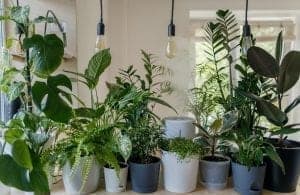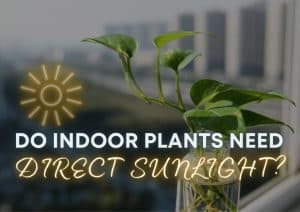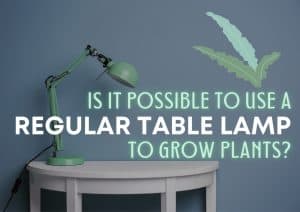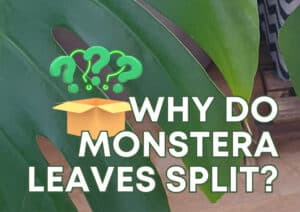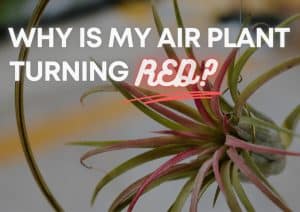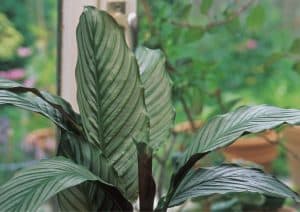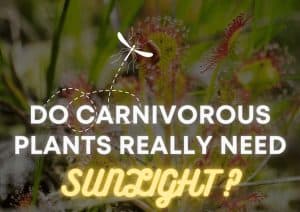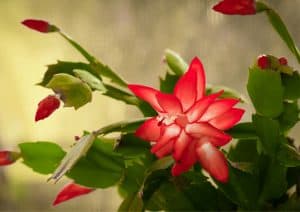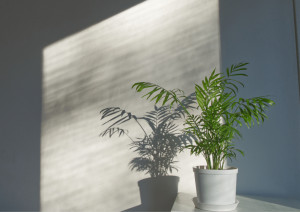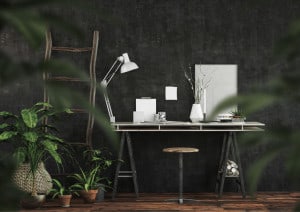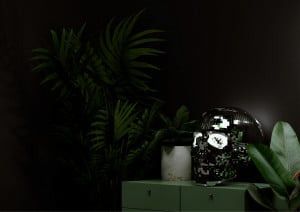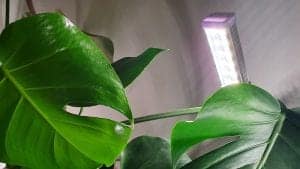Houseplant Lighting Requirements
Houseplants need access to light consisting of a mix of wavelengths in order to grow as they would in their natural habitat.
Sunlight provides this perfect blend of light which together allow a plant to grow, produce bushy foliage and perhaps even flower.
It is possible to use a regular lamp to grow houseplants however the limited range of wavelengths emitted by a standard light bulb will likely cause the plant to become either overly tall and leggy, or unnaturally compact and bushy.
And so it’s our task to either move the plants to a place where adequate natural light can be obtained, or provide an artificial light source that generates equivalent ‘full spectrum’ light.

Top Articles

What Kind Of Light Do Houseplants Need?
The type of light available to a plant is important because particular wavelengths help fuel photosynthesis better than others.
Natural light contains wavelengths extending across the full spectrum of visible light, from red to blue as well as invisible components such as ultraviolet and infrared light.
To help indoor plants to grow they need to be exposed to at least both red and blue light (you might have seen professional grow lights glowing with this striking combination of colors). Red light prompts the plant to grow in height, whilst blue light encourages more stems and leaves to be produced.
Incidentally the optimal composition of light found to be most effective for plant growth (yield) as shown by a recent study from the University of Utah was 86% Red: 2% Green: 12% Blue
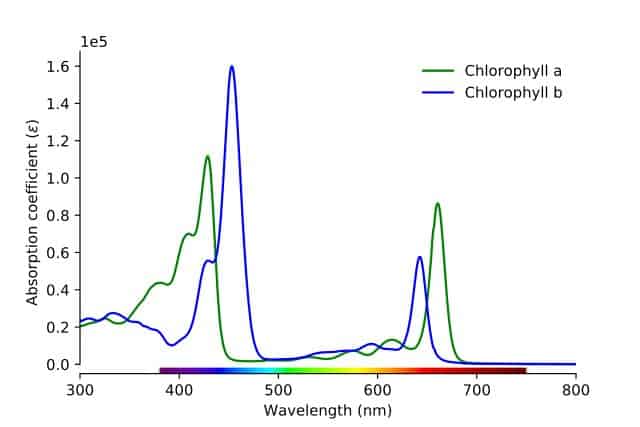
Image by Serge Helfrich https://commons.wikimedia.org/wiki/File:Chlorophyll_Absorption_Spectrum.svg
Blue Light
Blue light impacts the shape of the plant by encouraging smaller leaves and stems, resulting in compact dense foliage.
Green Light
A small proportion of green light penetrates through foliage to reach the understory but has no effect on the physical characteristics of the plant.
Red Light
Does not impact on the shape of the plant but is the most efficient wavelength of light for photosynthesis to occur. It’s red light therefore that encourages plants to grow in height.
For our purposes all we wanted to do was keep the plants in the dark corners of our home from dying, we weren’t interested in crop yield or even flowering, and so the options on the table were to either:
(I) move plants around the house until they were positioned in an area which had optimal exposure to natural light, or
(II) retrofit our lamps with full spectrum LED bulbs.
We chose to experiment with both and over time have learned how the sun entering through the windows of our home can be complimented by artificial light.
What we’ve learned over the course of our trials and tribulations is summarised in the articles below…
A word of warning. Full spectrum grow lights mimic natural light and so have a cool color temperature. This makes them unnaturally white and not ideal to be used as a means to illuminate a bedroom. This is especially noticeable at night when warm colors are naturally emitted by the setting sun.
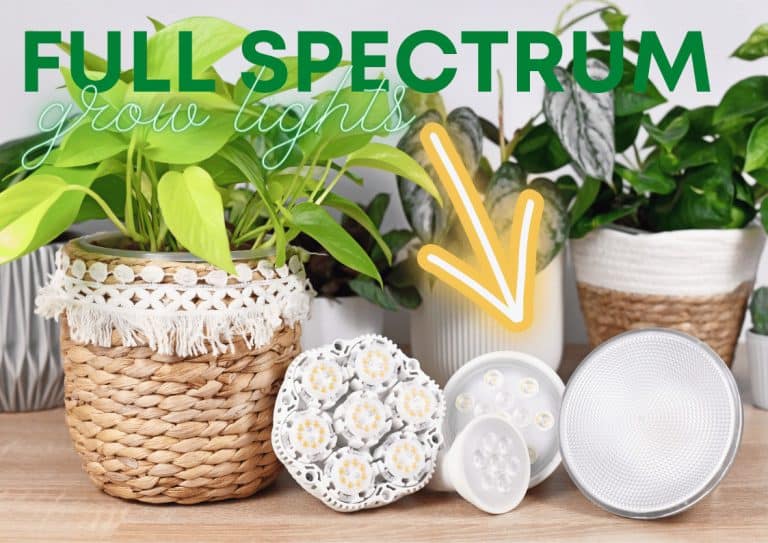
In addition to accessing the right type of light, plants have preferences for the intensity of the light that they are exposed to.
This is usually categorised in the world of horticulture as ‘direct light‘, ‘indirect light‘ and various degrees of ‘shade‘.
Light that is cast directly from the sun onto plants. Appreciated by groups of plants that exist in environments that receive little to no shade. Think arid environments or bog habitats.
Plants that require direct sunlight include:
- Cacti
- Succulents
- Carnivorous plants
- Bird of Paradise
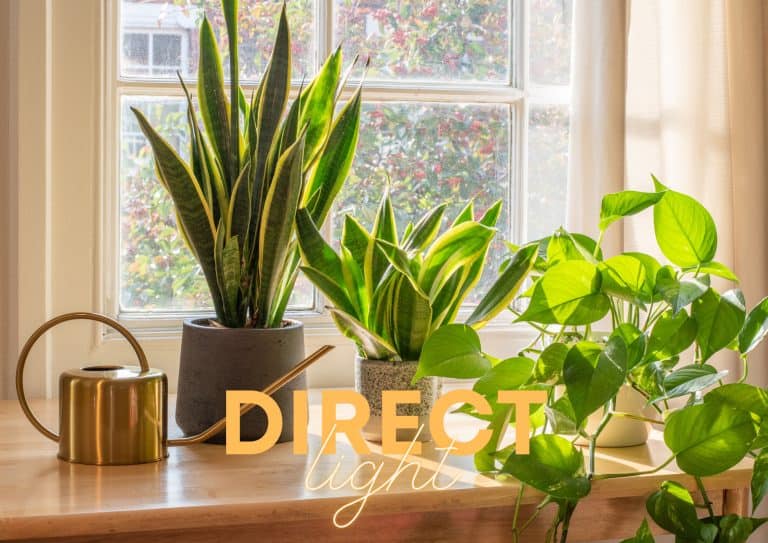
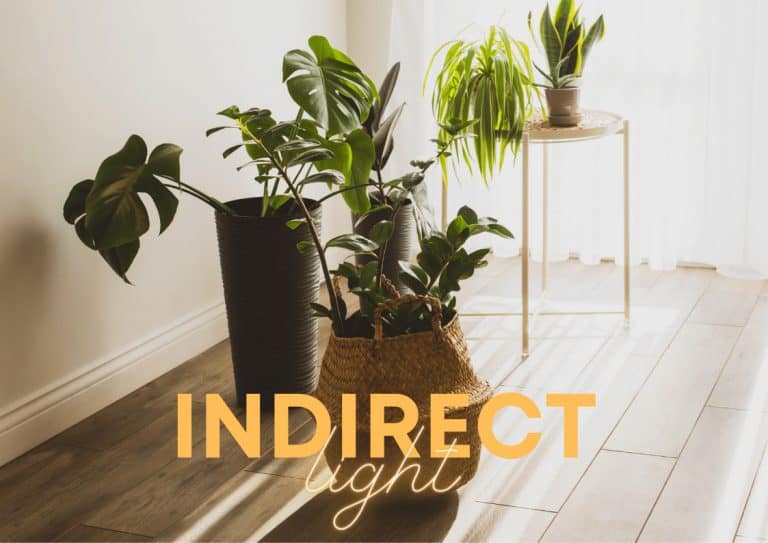
Indirect light is direct light that passes through a curtain or blind. Normally this is received by an area of a room close to a window that is hit with sun for at least half the day.
Plants that grow best in indirect light include:
- Monstera
- Orchids
- Alocasia
- Air plants
Light received by the back of a room that receives sun for only a short period of the day, or light close to a window that does not receive any direct light.
Plants that thrive in light shade include:
- Ferns
- Peperomia
- Calathea
- Ficus
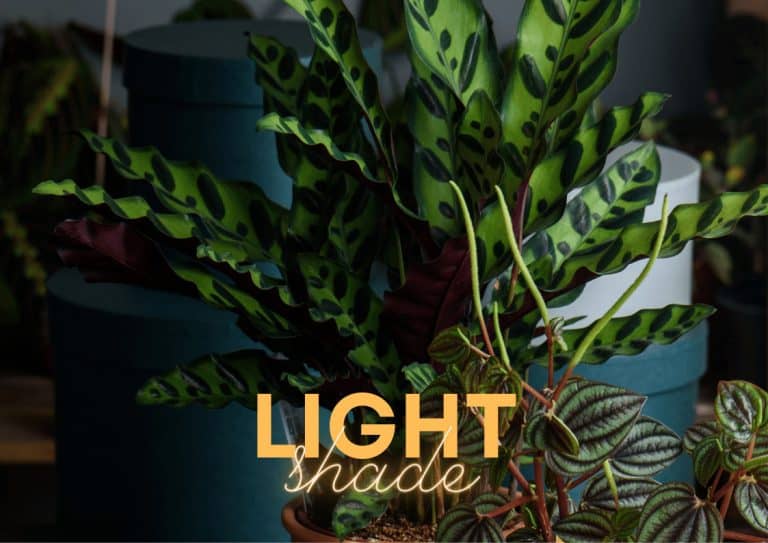
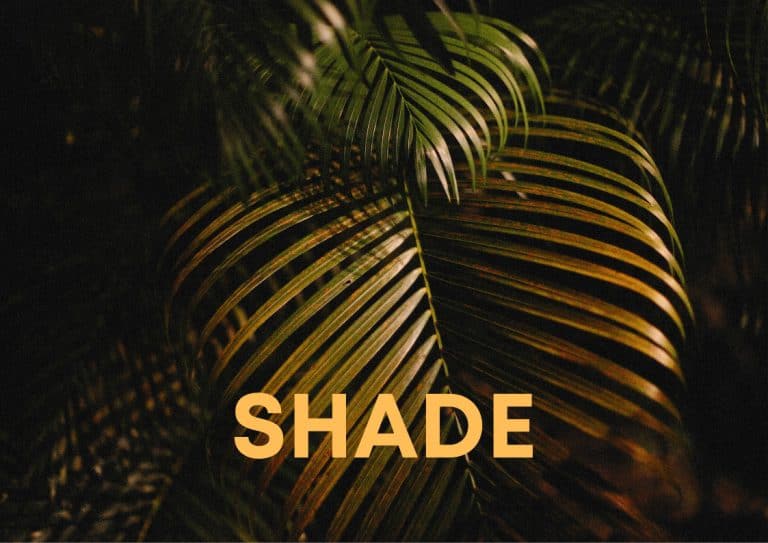
Areas of a room that receive not direct sun and only a limited number of hours of indirect sunlight.
Only a small number of houseplants appreciate shady conditions. These include:
- Chinese evergreen
- Cast Iron Plant
- Bamboo
- Devil’s Ivy


